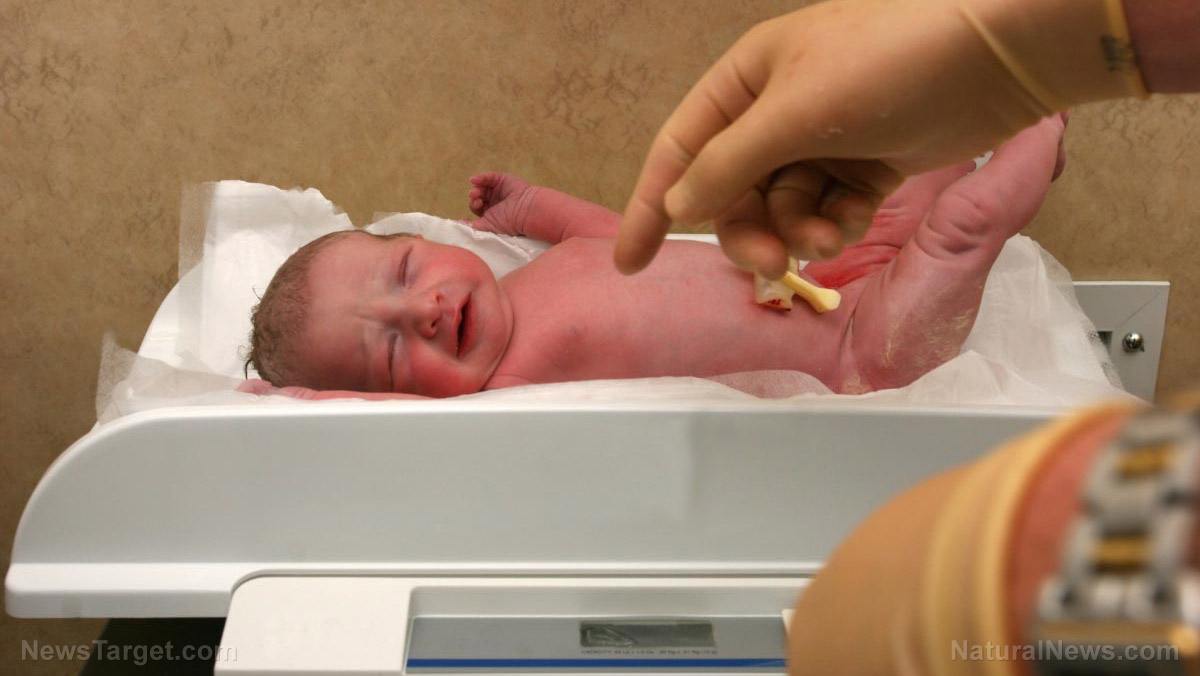Low birth weight found to affect brain development
02/22/2018 / By Michelle Simmons

A new study published in the journal NeuroImage has found that individuals with extremely low birth weights are more likely to develop cognitive, emotional, and behavioral problems all through their lives.
- The researchers of the study looked at the negative effects of very low birth weights on cognitive development.
- Thirty-two individuals with extremely low birth weight and 32 individuals with normal birth weights who were born from 1986 to 1988 in Norway were involved in the study. These participants already took part in previous MRI studies when they were one, five, 14, and 20 years old.
- In conducting the study, the researchers used functional magnetic resonance imaging (fMRI), which enables them to observe activation in various parts of the brain as the participants are performing a task.
- The participants were shown a series of random letters projected on a computer screen. They had to press a button as fast as possible when they saw a new letter show up on the screen excluding letter “x.”
- Results showed that those who were born with extremely low birth weight were more reactive than proactive, compared to the control group.
- The hyper-reactive brain activation was accompanied by poorer white matter brain organization and was linked to a lower ability to think abstractly, determine relationships, solve unexpected problems, and anxiety problems.
- The results suggest that their brains are hypervigilant because of the suboptimal organization of the central nervous system.
Overall, the findings of the study indicate that an extremely low birth weight increases the risk of cognitive, emotional, and behavioral problems.
For the full text of the study, go to this link.
Journal Reference:
Olsen A, Dennis EL, Evensen KAI, Hollund IMH, Løhaugen GC, Thompson PM, Brubakk A-M, Eikenes L, Håberg AK. PRETERM BIRTH LEADS TO HYPER-REACTIVE COGNITIVE CONTROL PROCESSING AND POOR WHITE MATTER ORGANIZATION IN ADULTHOOD. NeuroImage. 2018;167:419–428. DOI: doi.org/10.1016/j.neuroimage.2017.11.055
Tagged Under: behavior, behavioral problems, birth weight, Brain, cognition, cognitive problems, emotion, emotional problems, low birth weight




















